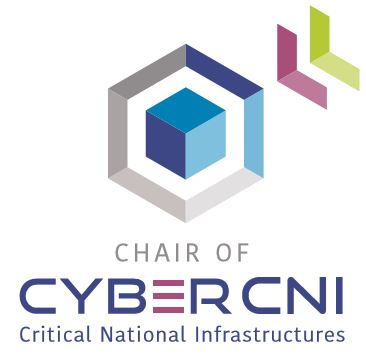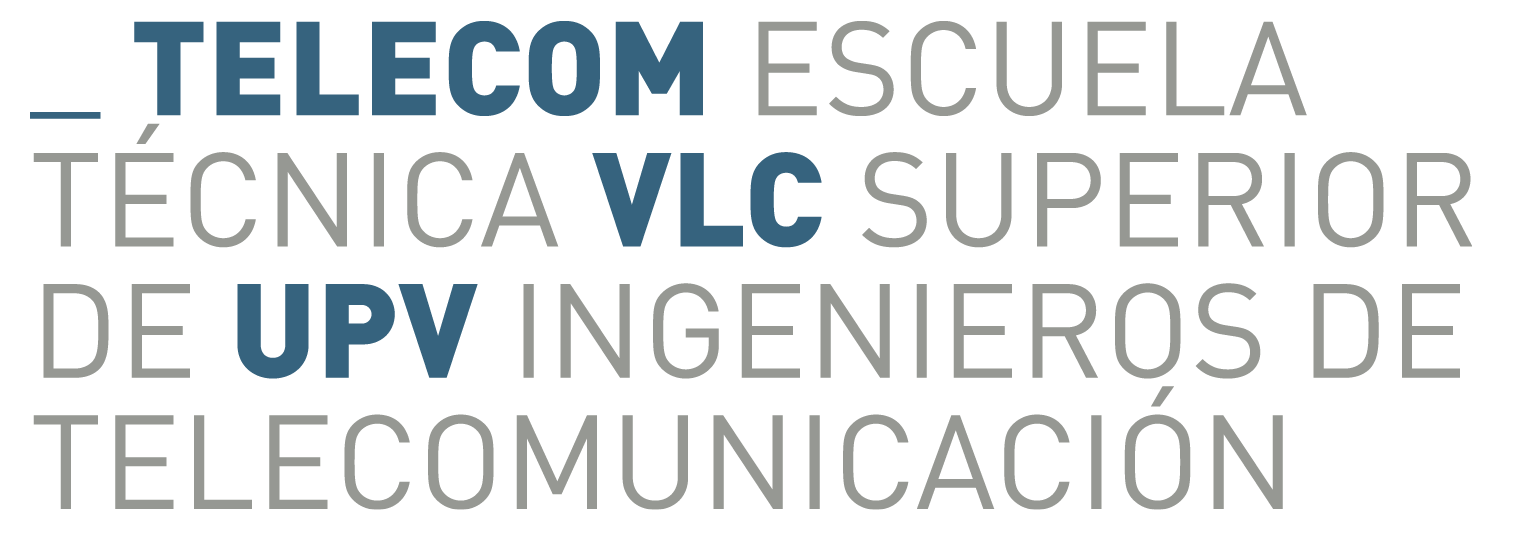Keynote Title: Towards Security and Privacy Framework for Smart Objects
Keynote Speaker:
 Dr. Antonio F. Skarmeta received the M.S. degree in Computer Science from the University of Granada and B.S. (Hons.) and the Ph.D. degrees in Computer Science from the University of Murcia Spain. Since 2009 he is Full Professor at the same department and University. Antonio F. Skarmeta has worked on different research projects in the national and international area in the networking, security and IoT area, like Seinit, Deserec, Enable, Daidalos, SWIFT, IoT6, SMARTIE and SocIOtal. He is the head of the research group ANTS since its creation on 1995 and member of TDL. Actually he is also advisor to the vice-rector of Research of the University of Murcia for International projects and head of the International Research Project Office and national representative for MSCA.
Dr. Antonio F. Skarmeta received the M.S. degree in Computer Science from the University of Granada and B.S. (Hons.) and the Ph.D. degrees in Computer Science from the University of Murcia Spain. Since 2009 he is Full Professor at the same department and University. Antonio F. Skarmeta has worked on different research projects in the national and international area in the networking, security and IoT area, like Seinit, Deserec, Enable, Daidalos, SWIFT, IoT6, SMARTIE and SocIOtal. He is the head of the research group ANTS since its creation on 1995 and member of TDL. Actually he is also advisor to the vice-rector of Research of the University of Murcia for International projects and head of the International Research Project Office and national representative for MSCA.
He has published over 90 international papers and being member of several program committees. He has also participated in several standardization activities being co-authors of some drafts at the IETF.
Keynote Abstract:
The extension of the Internet to smart things is estimated to reach 50 to 100 billion devices by 2020, defining the so-called Internet of Things (IoT). However, the large-scale use of IoT creates the need to address trust and privacy functions adequately. In that sense, the vision of sensors must evolve into an integrated view of smart objects forming part of our personal space, and as being shared, borrowed and, in general, having temporal associations with the users and their personal identities, with these aspects addressed while considering security and privacy rules.
This presentation will focus on key research efforts at Operational Aspects of Authentication, Authorization, Access control and Privacy management, taking into account approaches like Distributed Capability-Based Access Control (DCapBAC) and its integration with authentication protocols. Following overviews of these research areas, this paper will address how these mechanisms are integrated into a security framework for IoT scenarios that would be compliant with Architecture Reference Models (ARM).
Keynote Title: Smartphone Malware: Evolution, Analysis and Open Challenges
Keynote Speaker:
 Juan Tapiador is Associate Professor of Computer Science at Carlos III University of Madrid (UC3M), where he co-leads the Computer Security Lab. His research focuses on engineering secure software and systems, particularly in malware analysis, reverse engineering, anomaly and intrusion detection, and developing automating defense and analysis techniques. Over the last 15 years he has worked in various system and network security topics, including cryptographic protocols, statistical anomaly detection, cyber range systems, and security in new operating systems such as Android. He has published over 130 papers in these areas and reguarly serves in the program committee of various security conferences.
Juan Tapiador is Associate Professor of Computer Science at Carlos III University of Madrid (UC3M), where he co-leads the Computer Security Lab. His research focuses on engineering secure software and systems, particularly in malware analysis, reverse engineering, anomaly and intrusion detection, and developing automating defense and analysis techniques. Over the last 15 years he has worked in various system and network security topics, including cryptographic protocols, statistical anomaly detection, cyber range systems, and security in new operating systems such as Android. He has published over 130 papers in these areas and reguarly serves in the program committee of various security conferences.
He obtained a B.Sc. in Computer Science in 2000 from the University of Granada, and then a Ph.D in 2004 from the same university with a dissertation on statistical anomaly detection for network security. Prior to joining UC3M, he worked at the University of York, UK, mainly funded by the ITA project, a joint effort between the UK Ministry of Defence and the US Army Research Lab led by IBM.
Keynote Abstract: Smart devices equipped with powerful sensing, computing and networking capabilities have proliferated lately, ranging from popular smartphones, Internet appliances, watches, glasses, and even clothes. One key feature of such devices is their ability to incorporate third-party apps from a variety of markets. This poses strong security and privacy issues to users and infrastructure operators, particularly through software of malicious nature that can easily get access to the services provided by the device and collect sensory data and personal information. Malware in current smart devices have rocketed in the last few years, in some cases supported by sophisticated techniques purposely designed to overcome security architectures currently in use by such devices.
In this talk we will discuss the problem of malware in smart devices. The talk covers a detailed analysis on how this problem has evolved over the last years, identifying exhibited behaviors, pursued goals, ad infection and distribution strategies. We will also survey recent progress made in detection and analysis techniques, including automatic malware classification techniques and the problem of targeted attacks. We finally provide constructive discussion on open research problems and areas where we believe that more work is needed.











































